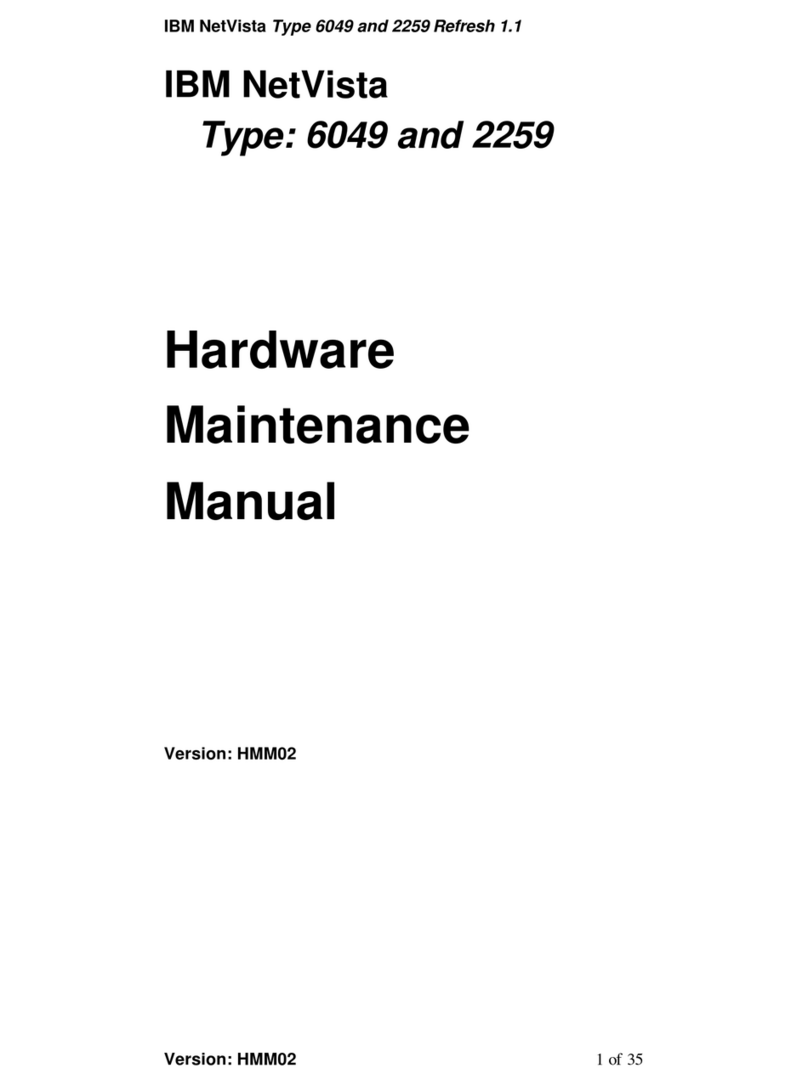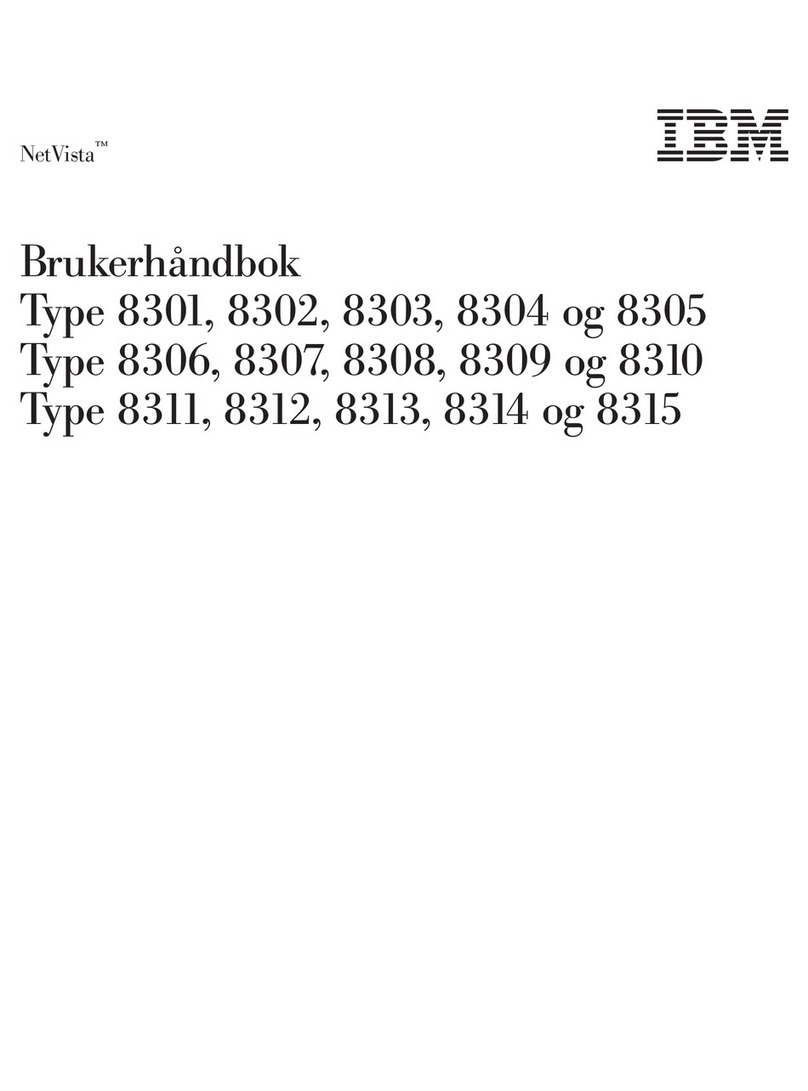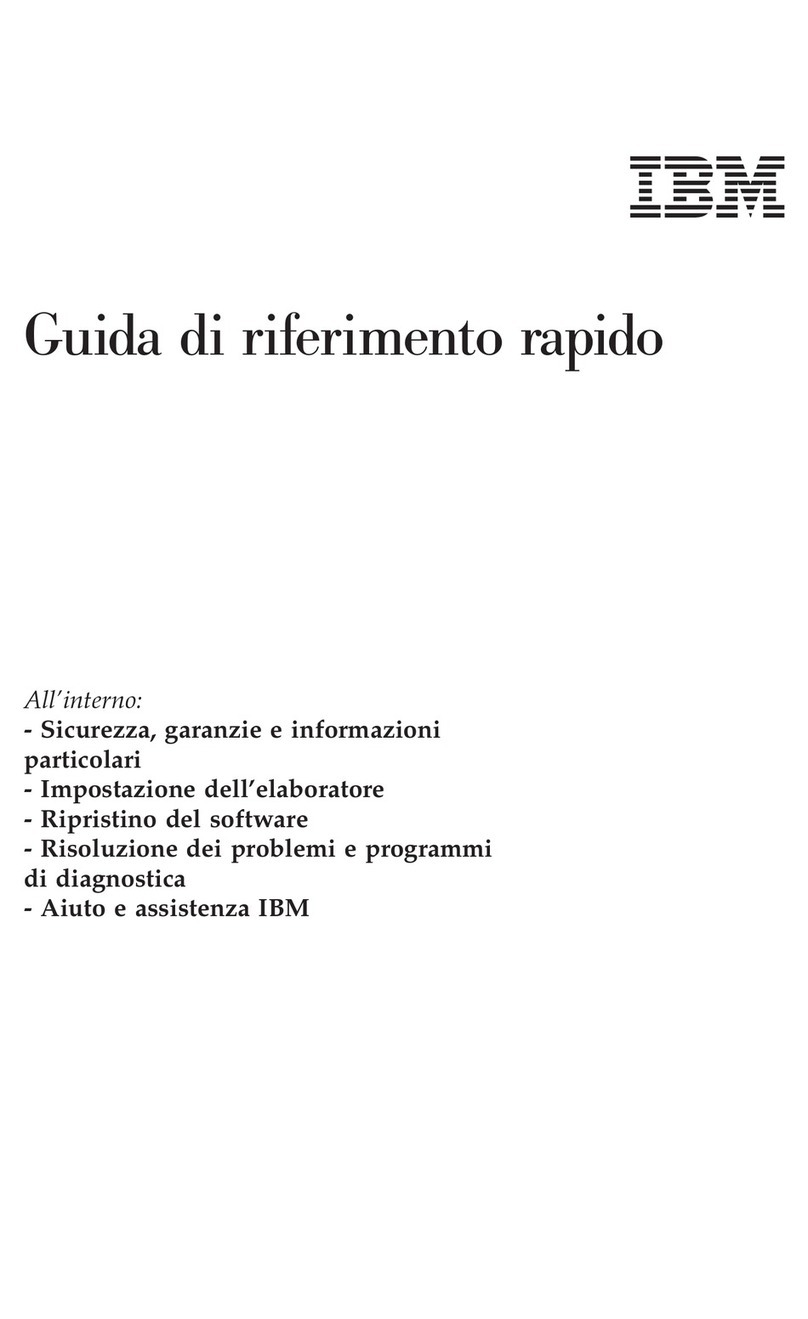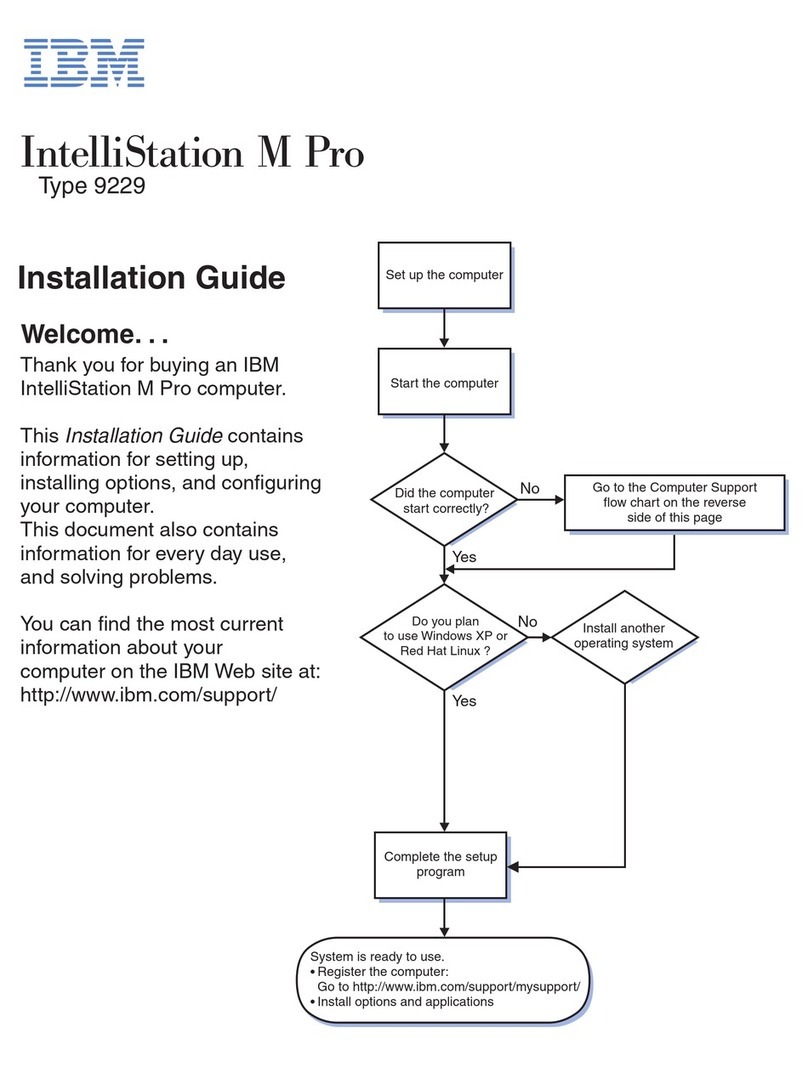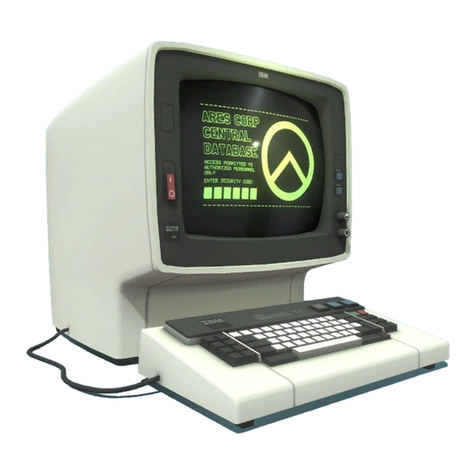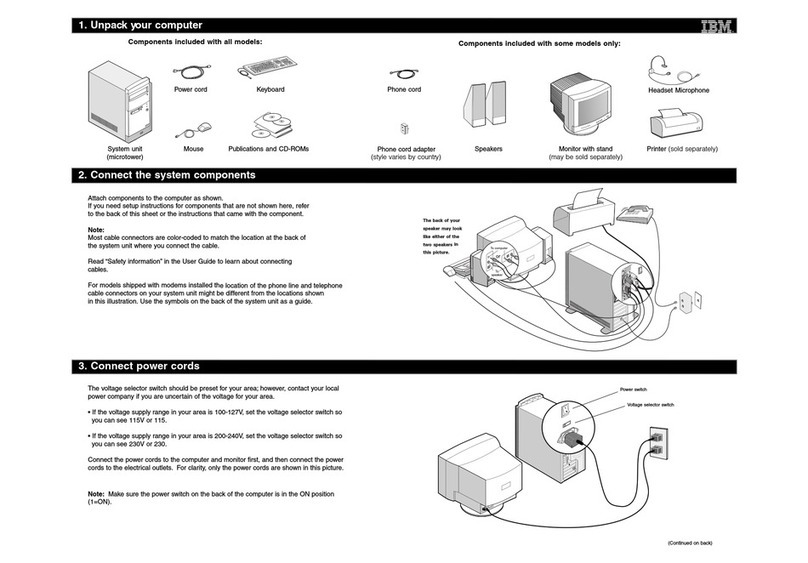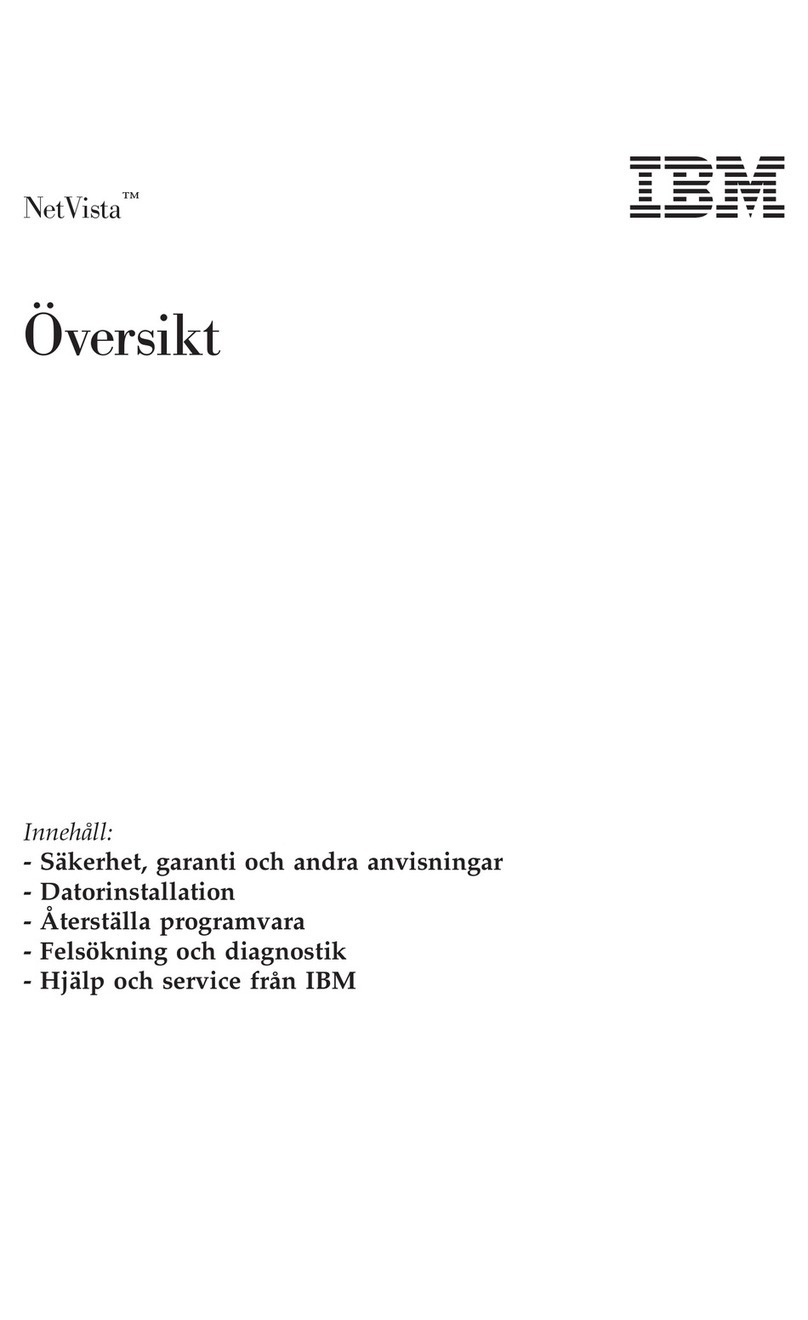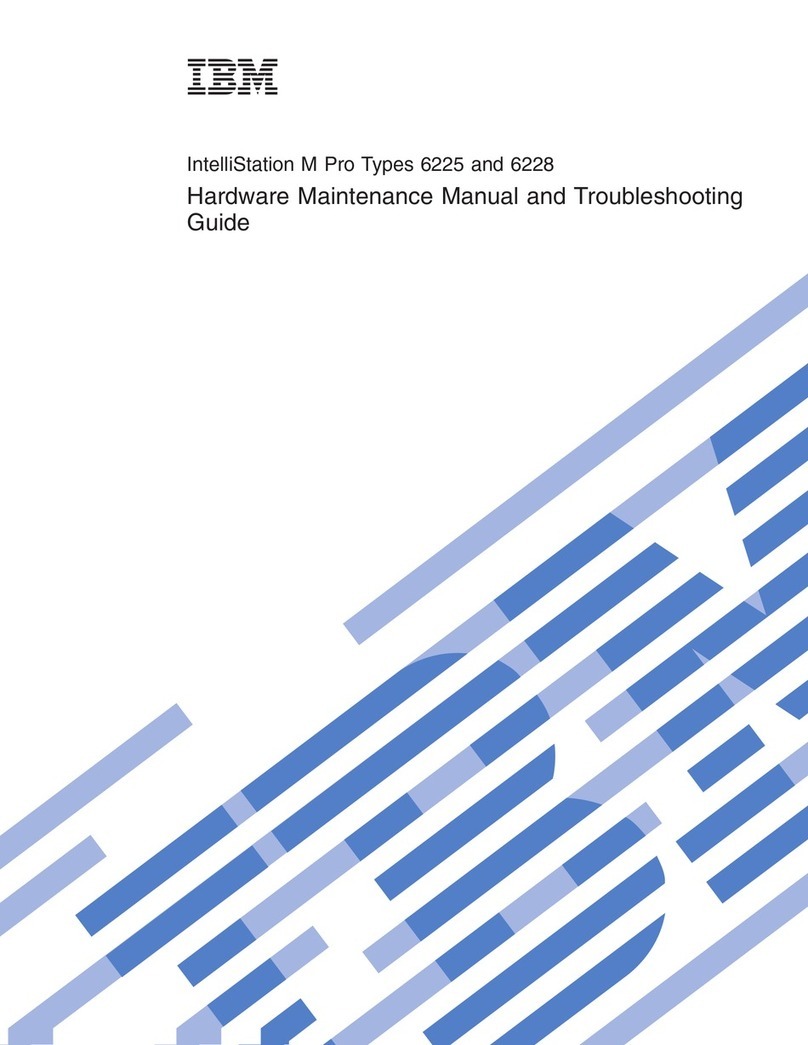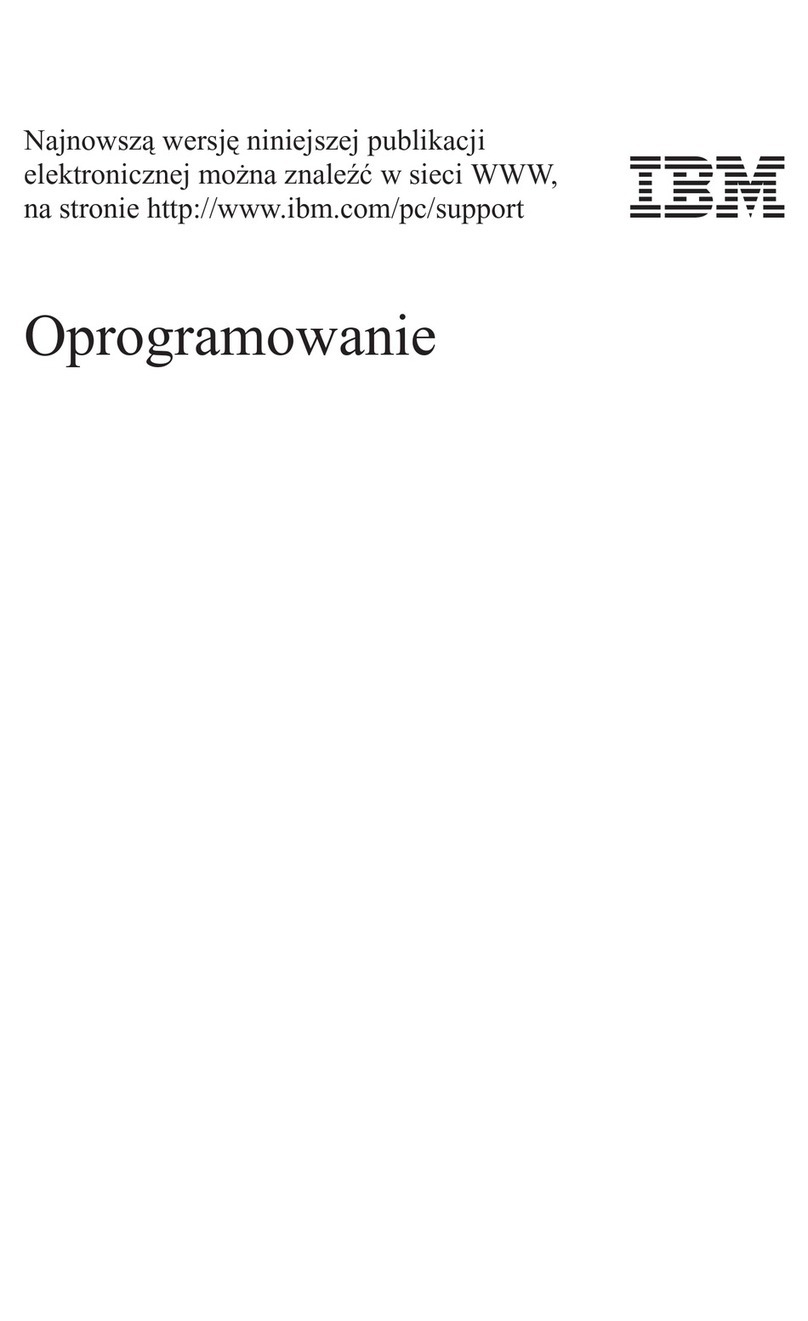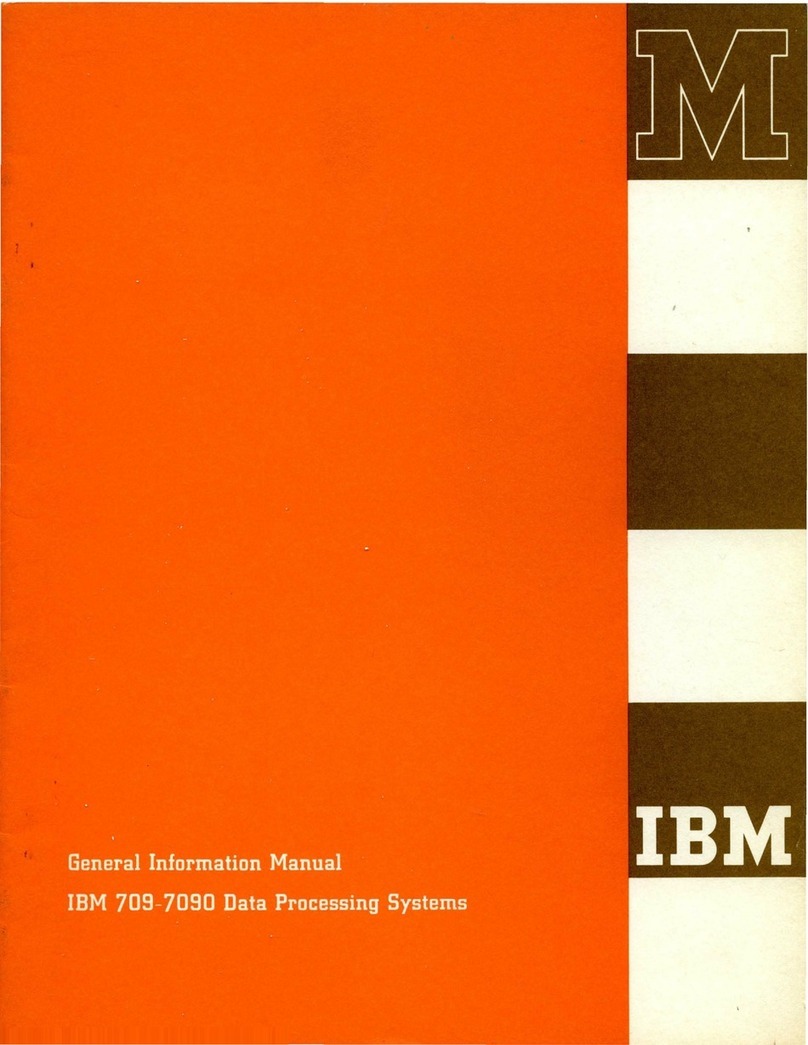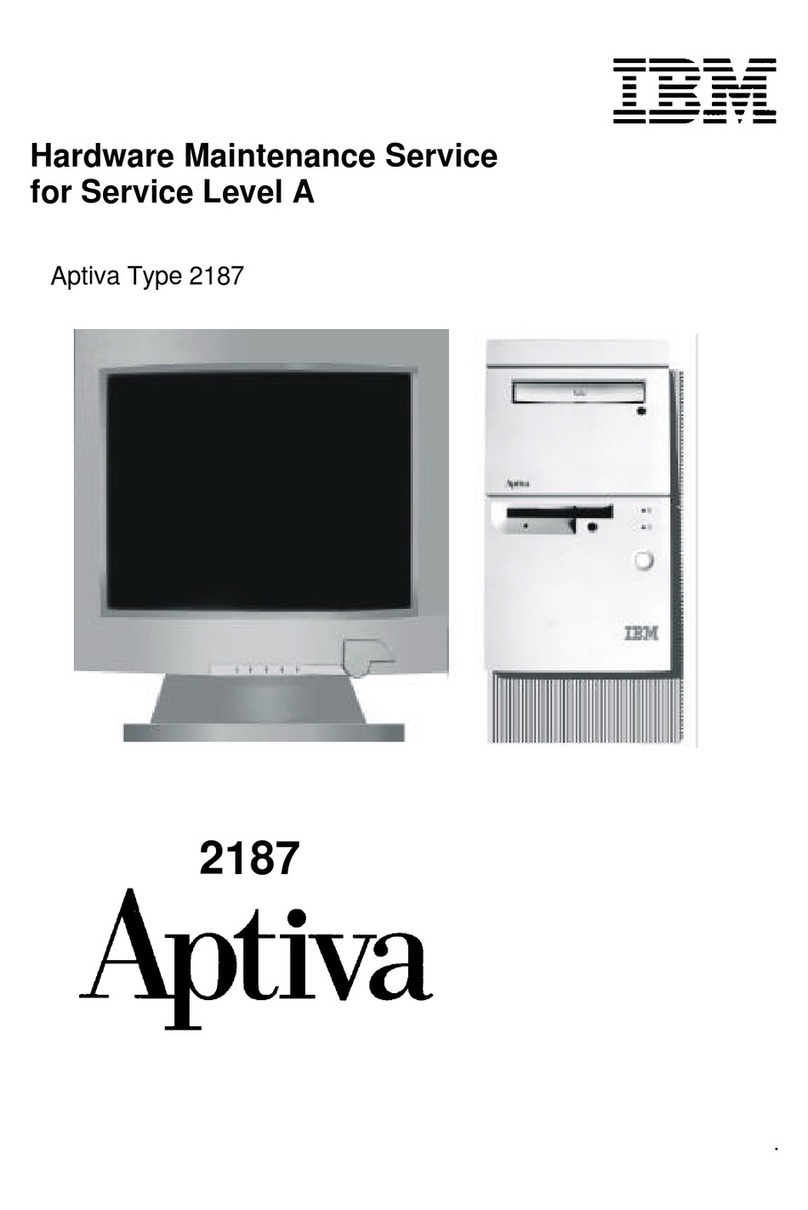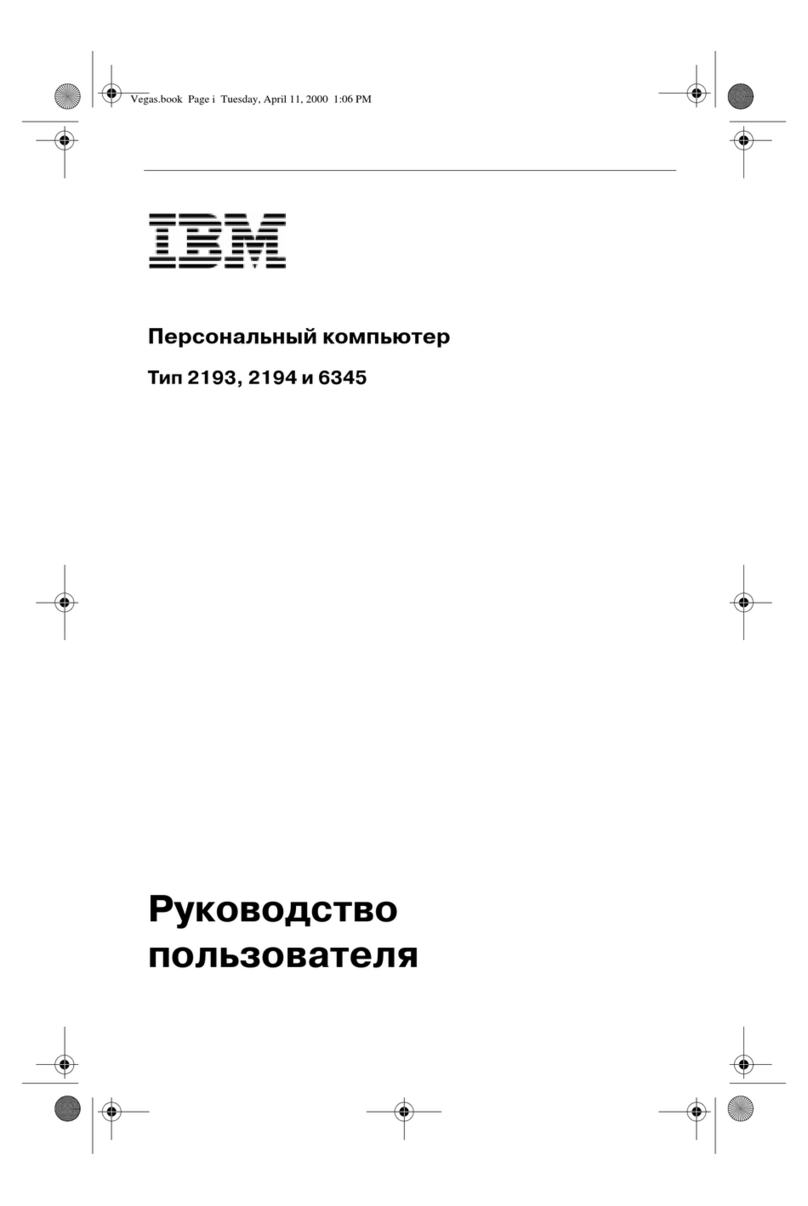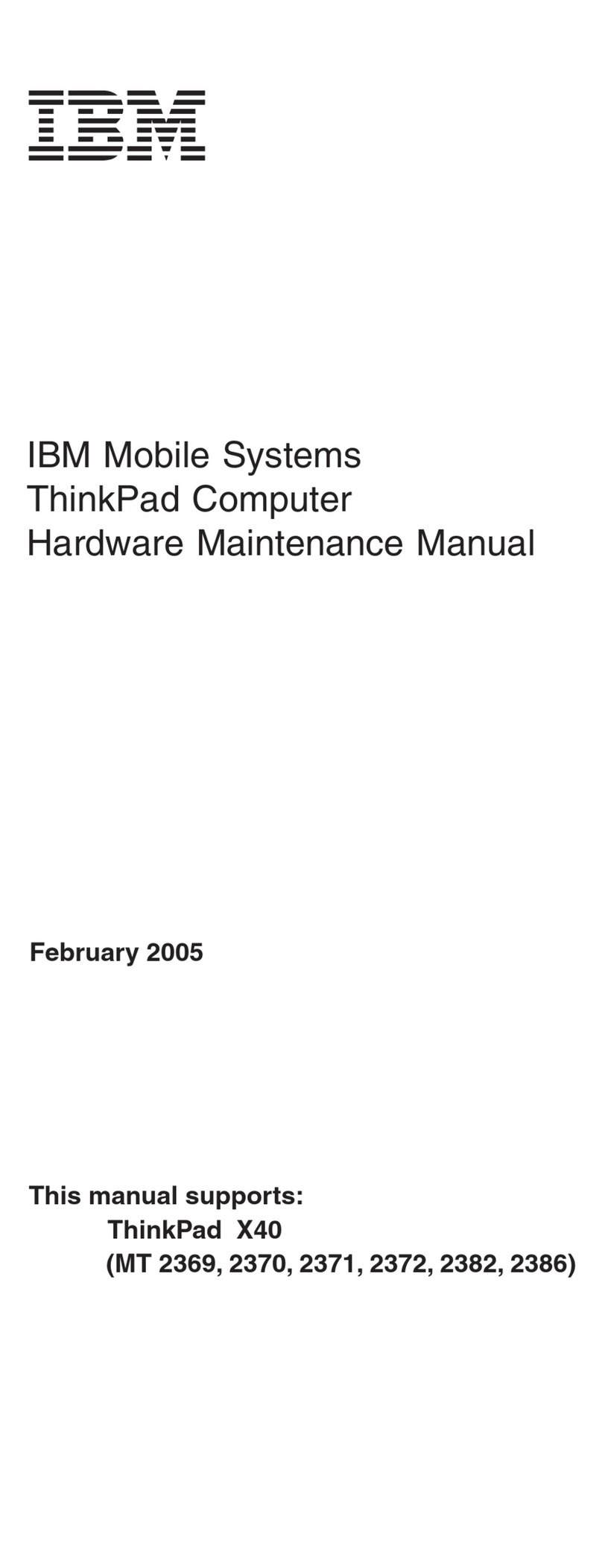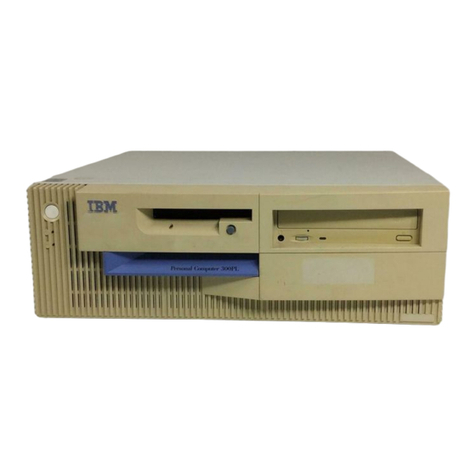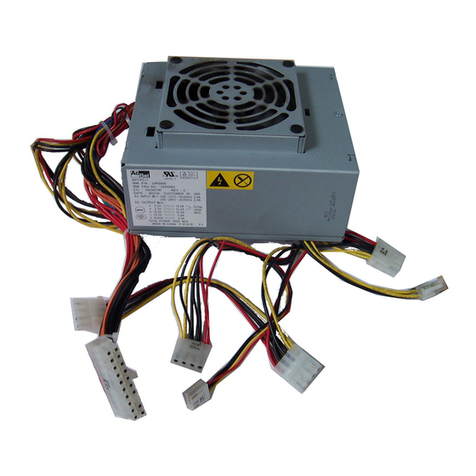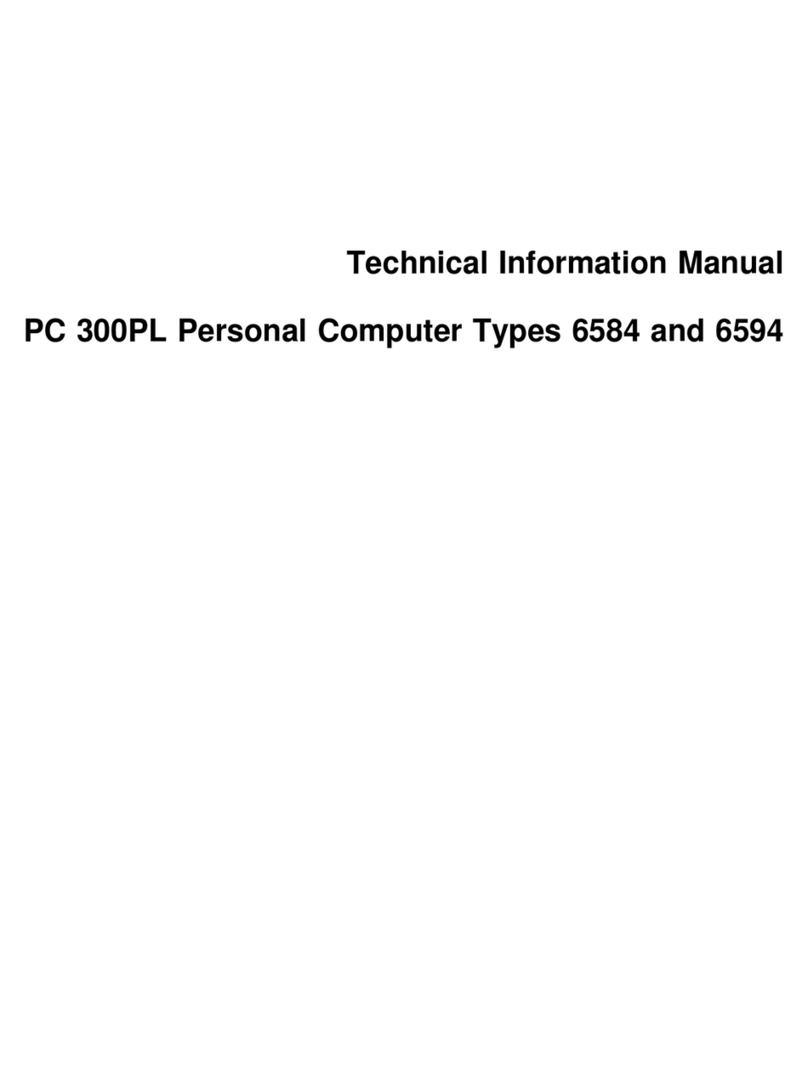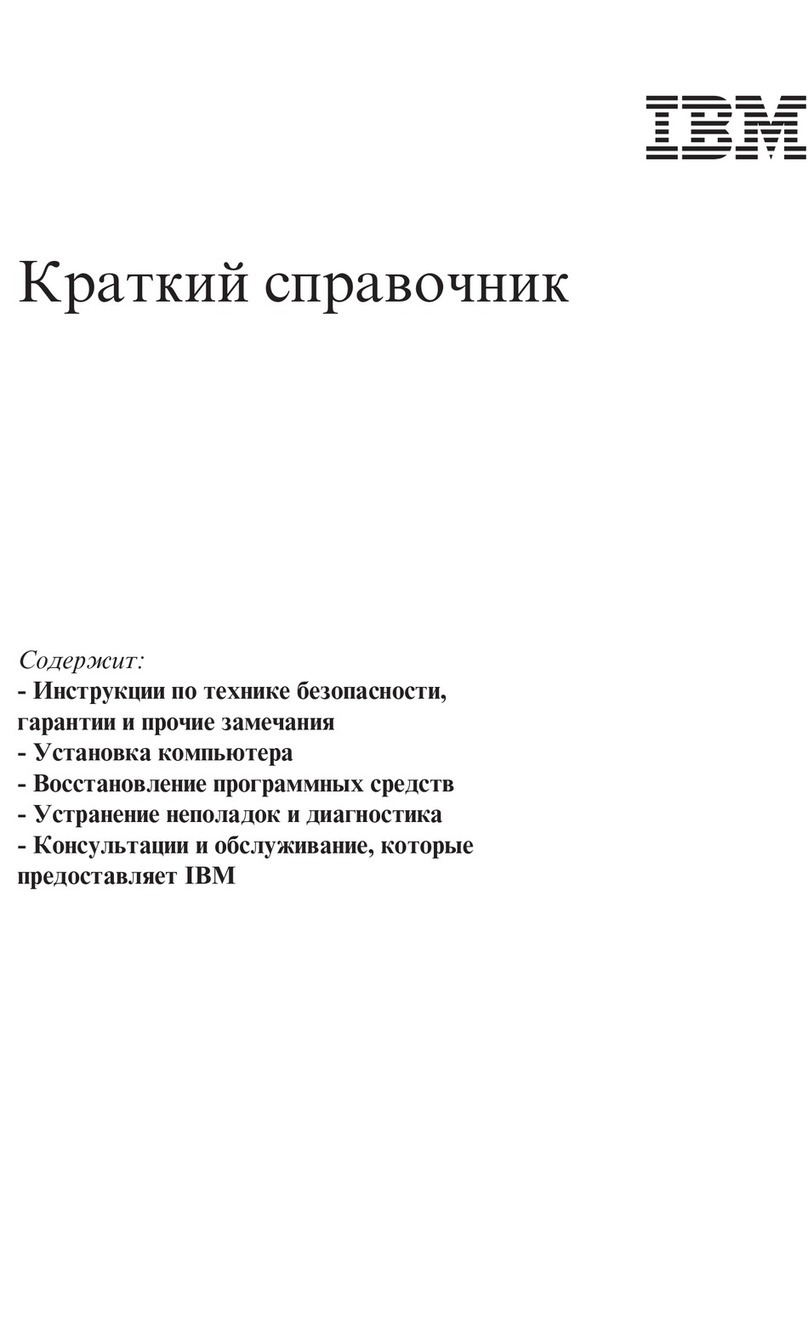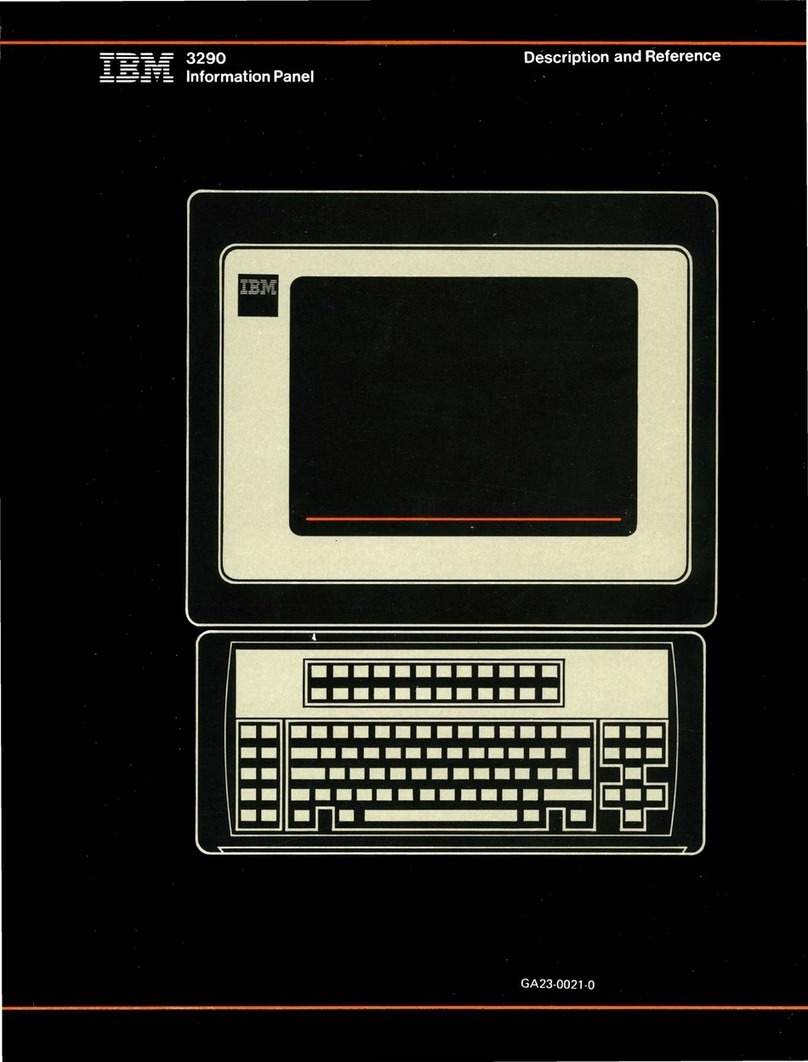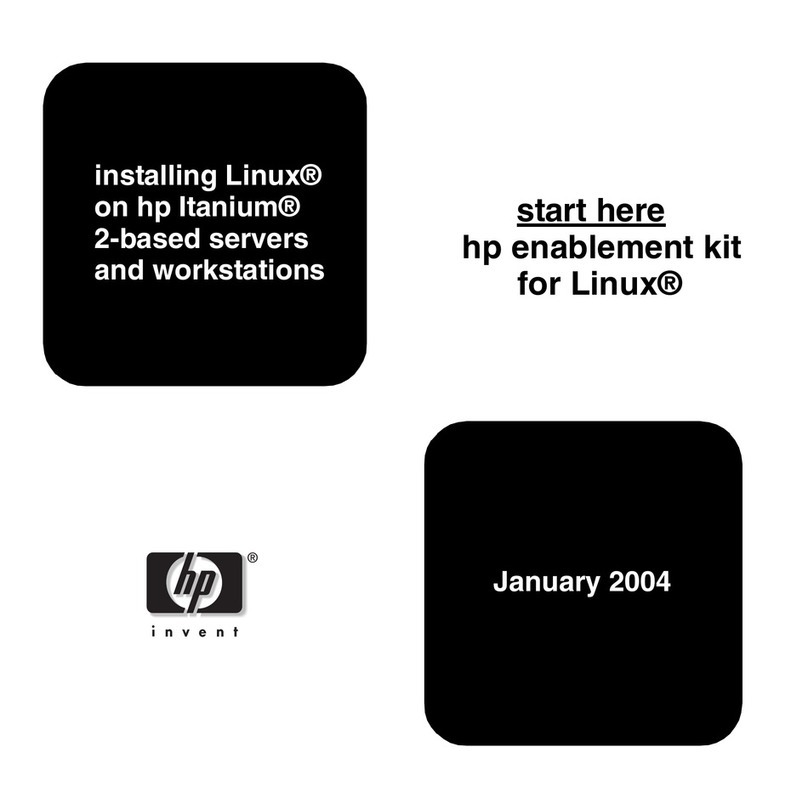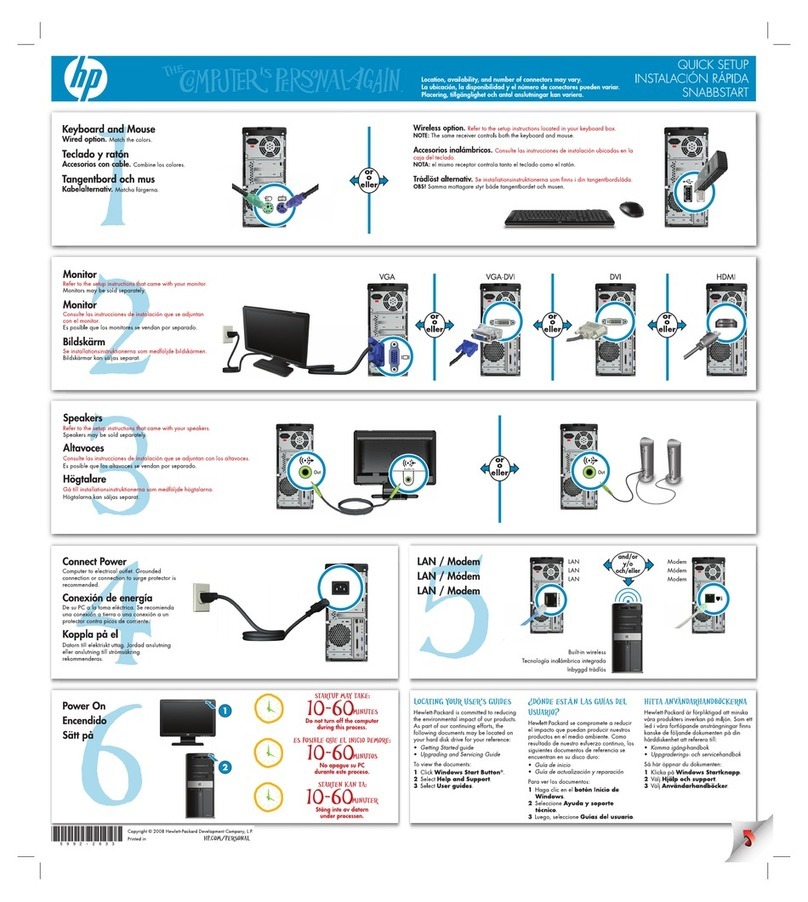
CHECK
LIST
I.
General
Information
A.
On
what
operation
does the machine fai
I?
1.
DFT
2.
Customer work (Fortran,
etc.)
3.
Op
code
of
failure
B.
What
is
the
frequency
of
error?
1.
Time
of
day
2.
Environment
(temperature,
etc.)
3.
Does customer power
fluctuate
at
certain
time
of
day?
(welder,
heavy
machinery,
etc
.)
II.
General
Check
List
A.
Have you
checked
for loose
or
bent
connectors?
1.
32 pin connectors
(x,
y,
etc.)
2.
Edge
connec
tors.
3.
Laminar buss (pins and terminals)
4.
TB
connectors (power
supply,
power
sequence,
etc.)
B. Have you
checked
for grounds?
1.
DC
isolated ground
2.
AC
isolated ground
3.
Ground straps (check
contact
from the
gate
to the frame)
C.
Have you
checked
the
Power Suppl
ies?
1.
Voltage
levels
2.
Ripple
D.
Have you
checked
Muffin
fans?
1.
Power supply fans
2.
Gate
fans
E. Does the machine fai I on margins?
1.
Normal margins ± 15%
2•
:::30'10
ma
rg
ins
*3.
Heat
*4.
Cold
*Steps 3 and 4
are
last
ditch
efforts
and
should
be
used
only
after
all
otherprocedures
fail (See
Note
1).
III.Core Storage
Check
List
A.
Have you
checked
the
difference
voltage
using
1/4%
accurate
meter?
B.
What
lights
are
on?
C.
What
is
the
pattern
of
the fai
lure?
1.
Greater
or
less than 50; odd
or
even,
etc.
2.
Picking
or
dropping bits
3.
What
bits
are
affected?
D.
Is
the trouble in
MBR
rather than memory?
E. Memory Temperature 1000 ±30 (Muffin Fan)
F.
Have you seoped (using
current
probe)?
1.
x,y
drive
lines
2.
z (inhibit)
drive
lines
2.2
3.
Decode
Output
4.
Current
driver
outputs
5.
All Iines to the inductors
G.
Have you scoped the sense lines (usi
ng
a 535
or
equivalent
scope
and
a type
IIDII
High
Gain
Differential Pre-amp plug in
unit)?
H.
Have you
checked
the physical wiring of the
indicators?
I.
Have you followed scope procedures
i,n
1620
CE
Reference
Manual?
IV.
MAR
Check List
A.
What
console lights
are
on?
1.
Op
code
of
failure
2.
Previous
Op
code
3.
IIEII
or
11111
cycle
trigger
of
failure
4.
Which register
failed
5.
Fai lure to
read,
or
write
6.
Is
the trouble in
MAR
triggers
7.
Is
the
trouble in
Inc.
Dec.
switch
8.
Is
the trouble in
Multiply
Register
or
TiC
Circuits.
B. Have you scoped (using a
current
probe)?
1.
Read drivers to
all
registers
2.
Sense lines
3.
Write drivers to
all
registers
4.
Bit drivers
Note
1:
If
errors do
not
become more frequent with
marginal
check
part
(lor
2),
block
the
fans and
let
the
gates
heat
up.
If
part
3 does
not
solve
the
problem,
obtain
about
501bs.
of
dry
ice,
remove
the
filters from the
gate,
place
the
dry
ice
on the
floor,
then
construct
a skirt
out
of
paper
and cause
all
the
air
to
be
drawn
from
around the dry
ice.
Note
2:
Observe
the function
of
the
IIEII
or
'"1
11
cycle
trigger
to determine
the
register
affected.
Under some
triggers,
more than
one
register
is
affected.
Be
critical
of
the timing of the pulses on these
lines.
If the
fail-
ure occurs
while
writing,
it
will
be
detected
at
the
time
it
is
read
out.
In
order
to determine the
cause,
scoping must
be
done
at
the time
of
writing.
Some
intermediate
checks
can
be
performed by use of the
MAR
Display Switch, by stopping
at
different
trigger
times and displaying the register in
question.
Check
to
be
sure
that
only the registers
called
for by a trigger
are
being
operated
on.
